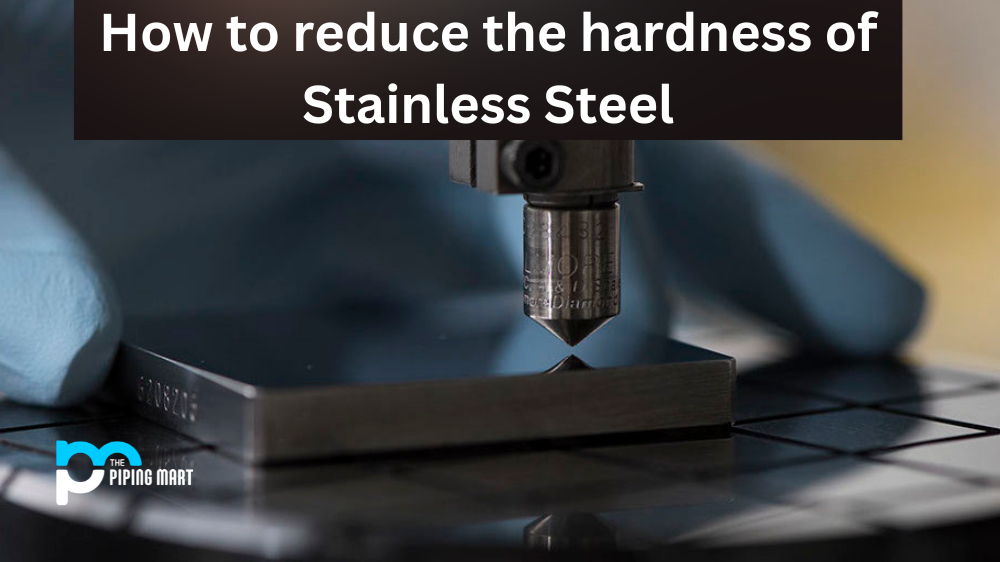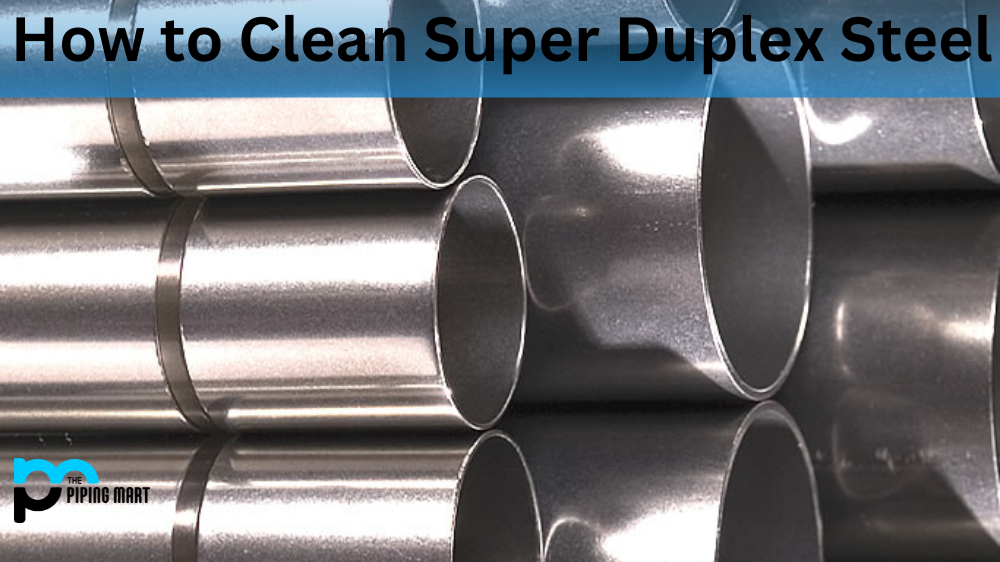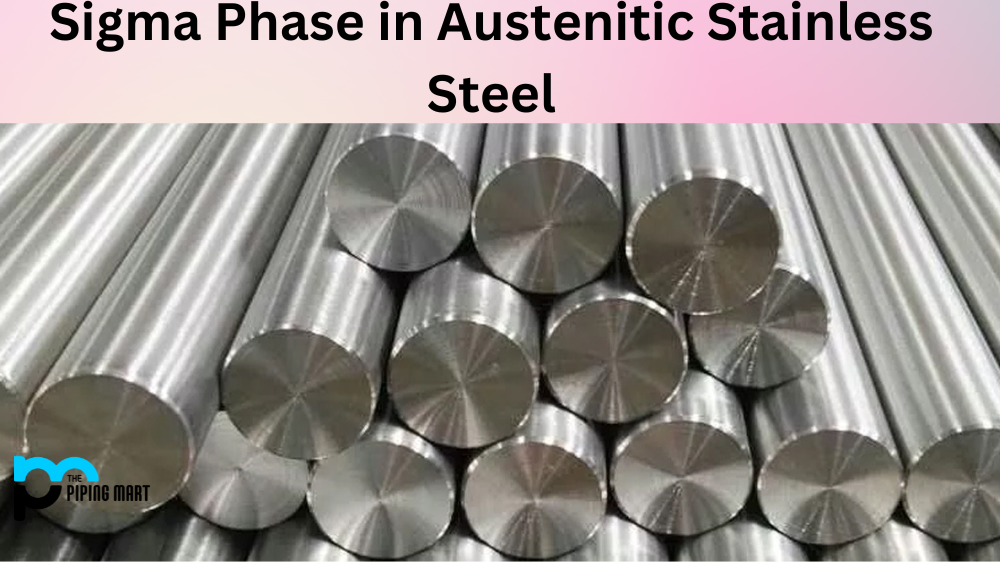Stainless steel is one of the most popular materials used for a variety of applications, such as fasteners and automotive parts. But sometimes, when it comes to certain applications, stainless steel needs to be softer than its default state. Fortunately, there are several ways that you can reduce the hardness of stainless steel. Let’s take a look at some simple techniques and why they work.
Annealing
Annealing is a process that involves heating metal to near its melting point and then cooling it slowly. This helps to soften the metal, making it more malleable. For stainless steel, annealing can be done in two stages or one stage, depending on the desired outcome. In two-stage annealing, the stainless steel is heated up to 1,400 degrees Fahrenheit for four hours before being cooled in the air for eight hours. Then it is heated again at 1,050 degrees Fahrenheit for four hours and finally cooled down in air until it reaches room temperature. In single-stage annealing, the metal is heated up only once at 1,100 degrees Fahrenheit and then quickly cooled in water or oil instead of air.
Tempering
Tempering also involves heating up stainless steel but not as hot as with annealing. The tempering process is done by heat-treating the metal between 400 to 1200 degrees Fahrenheit, depending on the desired outcome. This helps to reduce brittleness while making it more ductile and malleable compared to its original state without compromising its strength too much.
Cold Working
Cold working involves using tools like dies or cold rolling processes such as hammering or pressing instead of heat-treating methods like annealing or tempering. In other words, cold working involves physically reshaping your stainless steel material rather than relying on chemical reactions from heat treatment processes. This makes cold working great for large-scale production since no additional equipment is required aside from what’s already being used in production lines like presses and rollers anyway! Cold working also makes sure that your material retains its strength while becoming softer overall compared to what it was prior to being cold worked on.
Conclusion:
Whether you need your stainless steel softer for intricate detailing work or mass manufacturing purposes, there are simple techniques you can use depending on what works best for your application and budget requirements. Annealing can help make your material easier to shape through heat-treating processes, while tempering offers a finer degree of control over hardness levels without compromising strength too much either way. If you don’t have access to any specialized equipment, however, cold working could be just what you need since all that’s required are common tools found in any factory setting! All three techniques are effective ways of reducing hardness levels in stainless steel, so experiment with them today!

Pipingmart is a B2B portal that specializes in metal, industrial and piping items. Additionally, we share the latest information and information about materials, products and various types of grades to assist businesses that are involved in this business.




